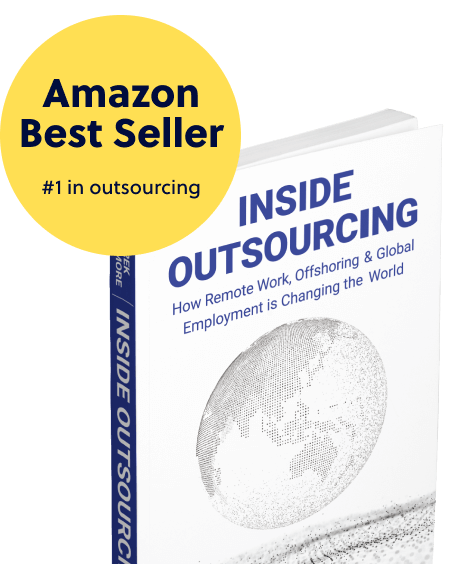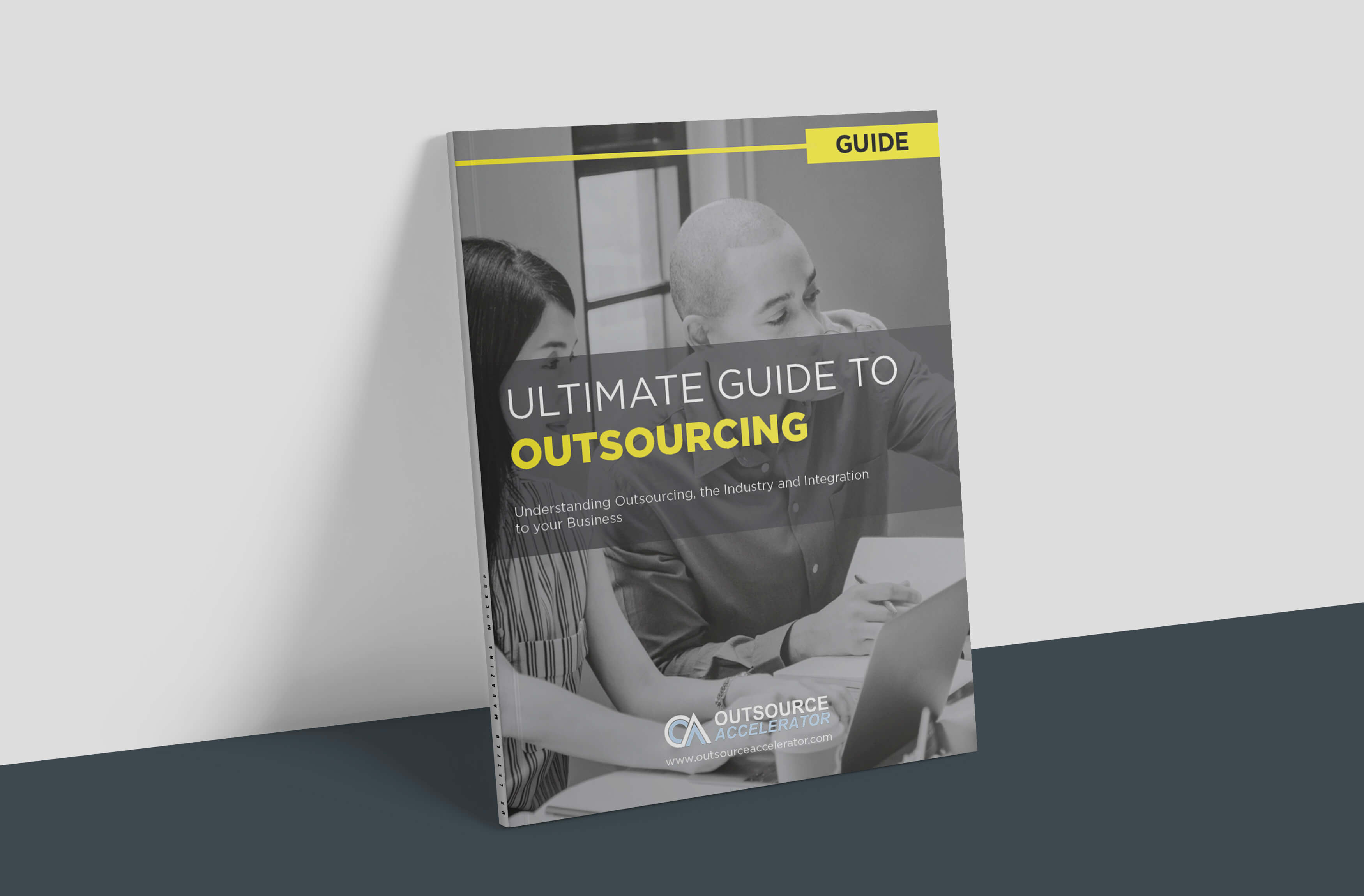6 ways to help you identify your company’s core competencies

The entire business competition has always remained cutthroat — especially in today’s modern era when different brands offer products and services with the same features.
Today’s modernized world has also become easier and more efficient for companies to promote their brands. All thanks to the internet and various technological advancements.
Aside from tight competition, businesses are also vying to keep track of today’s ever-changing trends to maintain relevance in the market sector.
Given all these facts, the real question is, what will give you a competitive advantage over your competitors? Will focusing on your company’s core competencies make any difference?
More so, how does a company identify core competencies?
Let us find out!
What core competencies truly mean
Note that no business is the same as another organization. Although you have tons of strong competition, the key is to look for better ways to stand out from them.
Remember that the more you stick out of the crowd, the more likely your brand will catch your target consumers’ attention. This can be achieved by implementing your distinctive competencies.
Your personal core competencies are the specific capabilities that set your company apart from others. Some examples of core competencies can be found in:
- Your company’s mission statement
- Company culture
- Superior value for your core products
- Specific services offered by your team
- Highly competitive prices
- Skill sets that cannot be copied or reproduced by another company
Your personal core competencies matter as they are the foundation of your company. It is an essential business strategy that will put you ahead of your competitors.
When you have a clear and strong understanding of your organization’s core capabilities, it will be easier for you to market, grow, and establish your brand.

Examples of business core competencies
A company’s core competency model should not only focus on its products and services. As we’ve mentioned, it can also encompass your skills and capabilities.
To explain it further, we have listed some examples of core competencies established by famous brands:
Amazon’s excellent customer service
Amazon is one of the top global e-commerce platforms that cater to every consumer’s needs and wants.
Besides offering a plethora of products, Amazon’s online marketplace has always been known for meeting, if not exceeding, customer satisfaction.
Target’s strong marketing
There’s a sea of department stores out there, wherever we go. Now, why do you think Target has remained an outstanding name throughout these years?
Despite tons of new stores being put up, Target continues to expand to various locations. It has captured the hearts of consumers for years because of its strong and clever marketing strategy.
Of course, credit is also due to Target’s iconic red-and-white theme, Bullseye (the brand mascot), and its employees’ uniform red shirts.
Quickbooks’ continuous innovation
Quickbooks has always been the main choice for most businesses in terms of accounting software tools.
For decades, this accounting tool never ceased to disappoint its clients by offering advanced and added features that other providers don’t have.
6 ways to identify your organization’s core competencies
Figuring out your core competencies can be a blurry and confusing matter and may require a lot of creative thinking to figure out. Fortunately, these six tips can help you distinguish them:
1. Take a look at your clients and customers
Does your brand focus on a specific type of consumer, age group, location, or sector within your industry?
For example, Periwinkle offers clothes for infants, toddlers, and newborns. This brand has a strong reputation for providing quality and comfortable apparel for babies.
2. Go back to your company’s mission and vision statements
Go through your mission and vision statements and see whether you have indicated why and who built your business.
A core competency refers to a set of values and goals that are specific to your company only, and these can be expressed in your mission and vision statements.
Internalizing these goals will reflect on your products and services and will lead to a satisfied target audience.

3. Ask your team what they think your core competencies are
Talk to your team and get their input on what the company’s core competency is. Try to view it from their perspective as you ask them what sets their company apart from others.
From there, compare their answers to yours to help you find which resonates best with your business.
4. Check if your ‘core competencies’ are your actual competencies
Just because you have something that your company is doing quite well doesn’t mean it is your core competency.
For example, you own a cafe that is best known for scrumptious and mouth-watering cheesecakes. You might view it as your core competency.
But what if there are also other cafes in your area that offer the same delightful desserts?
You cannot count it as one of your core competencies because other competitors can offer and reproduce them. Remember that core capabilities are something that only you can do.
5. Consider outsourcing
Do not be afraid to contract out work to a third party if it will help you boost your overall productivity.
Through outsourcing, you and your team can solely focus on the areas of your business that you do best, specifically your personal core competencies.
These are just a few of the great advantages of outsourcing, and of course, you have an array of business functions to choose from.
6. Test your core competencies
Once you have outlined your core competencies, it is time for you and your team to shift your business focus and strategies to them. Watch as more and more customers take notice of what your brand has to offer.
There may be times when you have the opposite outcome, but do not lose hope! It may take time for you to figure out what your core competencies are, and that is completely fine.
The important thing is that you now know how to identify them, and that is an excellent starting point!







 Independent
Independent




